Viviana Mascardi
University of Genoa
RV4Chatbot: Are Chatbots Allowed to Dream of Electric Sheep?
Nov 21, 2024



Abstract:Chatbots have become integral to various application domains, including those with safety-critical considerations. As a result, there is a pressing need for methods that ensure chatbots consistently adhere to expected, safe behaviours. In this paper, we introduce RV4Chatbot, a Runtime Verification framework designed to monitor deviations in chatbot behaviour. We formalise expected behaviours as interaction protocols between the user and the chatbot. We present the RV4Chatbot design and describe two implementations that instantiate it: RV4Rasa, for monitoring chatbots created with the Rasa framework, and RV4Dialogflow, for monitoring Dialogflow chatbots. Additionally, we detail experiments conducted in a factory automation scenario using both RV4Rasa and RV4Dialogflow.
* In Proceedings FMAS2024, arXiv:2411.13215
RV4JaCa -- Runtime Verification for Multi-Agent Systems
Jul 20, 2022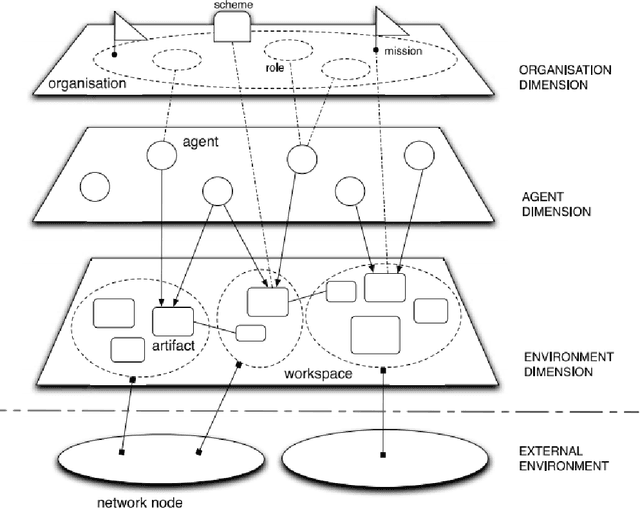
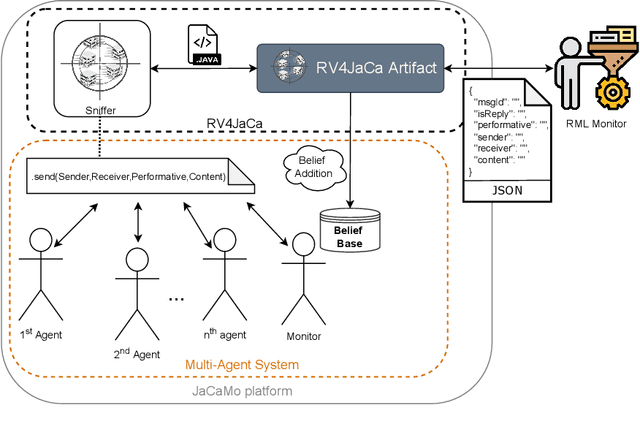
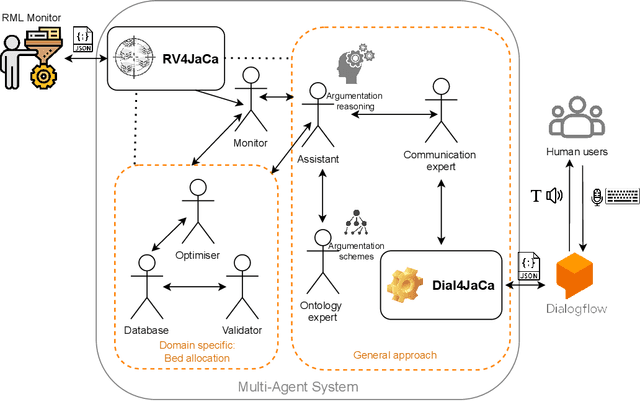
Abstract:This paper presents a Runtime Verification (RV) approach for Multi-Agent Systems (MAS) using the JaCaMo framework. Our objective is to bring a layer of security to the MAS. This layer is capable of controlling events during the execution of the system without needing a specific implementation in the behaviour of each agent to recognise the events. MAS have been used in the context of hybrid intelligence. This use requires communication between software agents and human beings. In some cases, communication takes place via natural language dialogues. However, this kind of communication brings us to a concern related to controlling the flow of dialogue so that agents can prevent any change in the topic of discussion that could impair their reasoning. We demonstrate the implementation of a monitor that aims to control this dialogue flow in a MAS that communicates with the user through natural language to aid decision-making in hospital bed allocation.
* In Proceedings AREA 2022, arXiv:2207.09058
Logical Judges Challenge Human Judges on the Strange Case of B.C.-Valjean
Sep 22, 2020

Abstract:On May 12th, 2020, during the course entitled Artificial Intelligence and Jurisdiction Practice organized by the Italian School of Magistracy, more than 70 magistrates followed our demonstration of a Prolog logical judge reasoning on an armed robbery case. Although the implemented logical judge is just an exercise of knowledge representation and simple deductive reasoning, a practical demonstration of an automated reasoning tool to such a large audience of potential end-users represents a first and unique attempt in Italy and, to the best of our knowledge, in the international panorama. In this paper we present the case addressed by the logical judge - a real case already addressed by a human judge in 2015 - and the feedback on the demonstration collected from the attendees.
* In Proceedings ICLP 2020, arXiv:2009.09158
Towards a Framework for Certification of Reliable Autonomous Systems
Jan 24, 2020
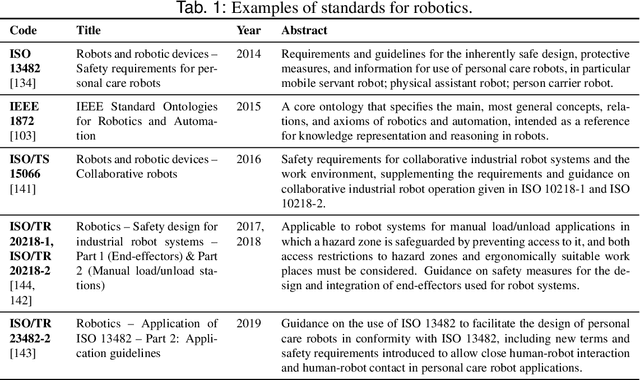


Abstract:A computational system is called autonomous if it is able to make its own decisions, or take its own actions, without human supervision or control. The capability and spread of such systems have reached the point where they are beginning to touch much of everyday life. However, regulators grapple with how to deal with autonomous systems, for example how could we certify an Unmanned Aerial System for autonomous use in civilian airspace? We here analyse what is needed in order to provide verified reliable behaviour of an autonomous system, analyse what can be done as the state-of-the-art in automated verification, and propose a roadmap towards developing regulatory guidelines, including articulating challenges to researchers, to engineers, and to regulators. Case studies in seven distinct domains illustrate the article.
OntoScene, A Logic-based Scene Interpreter: Implementation and Application in the Rock Art Domain
Nov 05, 2019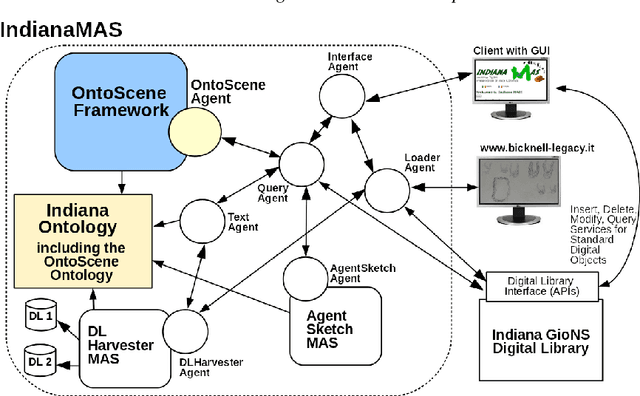
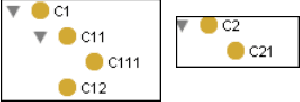
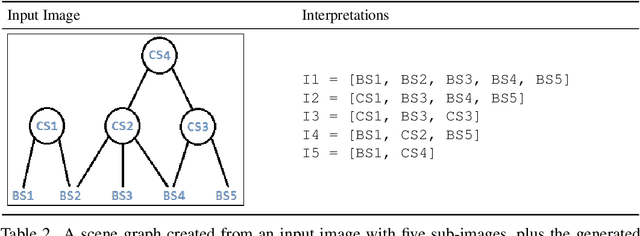

Abstract:We present OntoScene, a framework aimed at understanding the semantics of visual scenes starting from the semantics of their elements and the spatial relations holding between them. OntoScene exploits ontologies for representing knowledge and Prolog for specifying the interpretation rules that domain experts may adopt, and for implementing the SceneInterpreter engine. Ontologies allow the designer to formalize the domain in a reusable way, and make the system modular and interoperable with existing multiagent systems, while Prolog provides a solid basis to define complex rules of interpretation in a way that can be affordable even for people with no background in Computational Logics. The domain selected for experimenting OntoScene is that of prehistoric rock art, which provides us with a fascinating and challenging testbed. Under consideration in Theory and Practice of Logic Programming (TPLP)
Logic-Based Specification Languages for Intelligent Software Agents
Nov 20, 2003

Abstract:The research field of Agent-Oriented Software Engineering (AOSE) aims to find abstractions, languages, methodologies and toolkits for modeling, verifying, validating and prototyping complex applications conceptualized as Multiagent Systems (MASs). A very lively research sub-field studies how formal methods can be used for AOSE. This paper presents a detailed survey of six logic-based executable agent specification languages that have been chosen for their potential to be integrated in our ARPEGGIO project, an open framework for specifying and prototyping a MAS. The six languages are ConGoLog, Agent-0, the IMPACT agent programming language, DyLog, Concurrent METATEM and Ehhf. For each executable language, the logic foundations are described and an example of use is shown. A comparison of the six languages and a survey of similar approaches complete the paper, together with considerations of the advantages of using logic-based languages in MAS modeling and prototyping.
 Add to Chrome
Add to Chrome Add to Firefox
Add to Firefox Add to Edge
Add to Edge